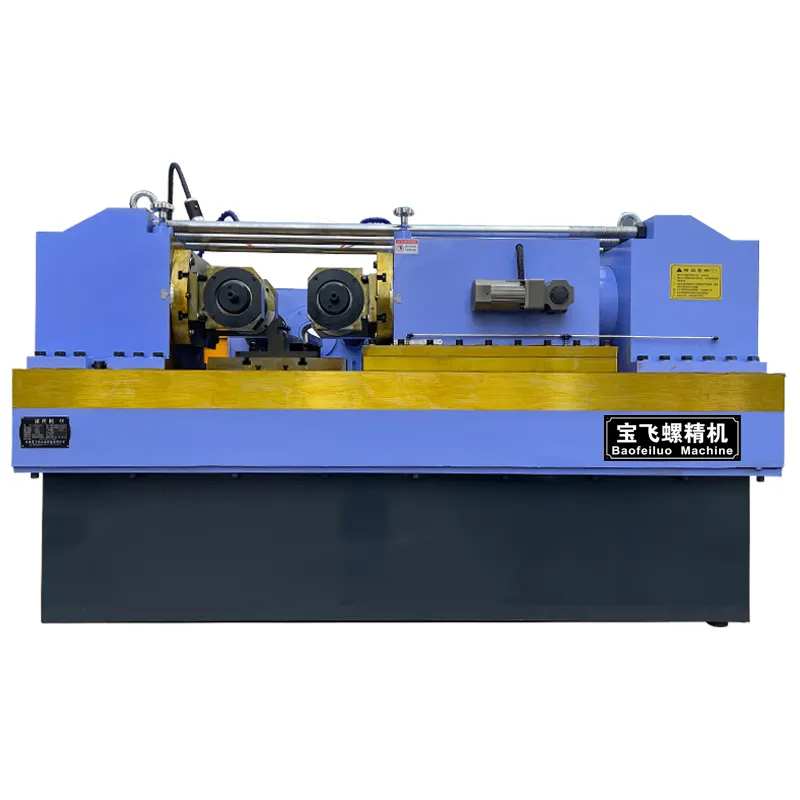
-
 Afrikaans
Afrikaans -
 Albanian
Albanian -
 Amharic
Amharic -
 Arabic
Arabic -
 Armenian
Armenian -
 Azerbaijani
Azerbaijani -
 Basque
Basque -
 Belarusian
Belarusian -
 Bengali
Bengali -
 Bosnian
Bosnian -
 Bulgarian
Bulgarian -
 Catalan
Catalan -
 Cebuano
Cebuano -
 Corsican
Corsican -
 Croatian
Croatian -
 Czech
Czech -
 Danish
Danish -
 Dutch
Dutch -
 English
English -
 Esperanto
Esperanto -
 Estonian
Estonian -
 Finnish
Finnish -
 French
French -
 Frisian
Frisian -
 Galician
Galician -
 Georgian
Georgian -
 German
German -
 Greek
Greek -
 Gujarati
Gujarati -
 Haitian Creole
Haitian Creole -
 hausa
hausa -
 hawaiian
hawaiian -
 Hebrew
Hebrew -
 Hindi
Hindi -
 Miao
Miao -
 Hungarian
Hungarian -
 Icelandic
Icelandic -
 igbo
igbo -
 Indonesian
Indonesian -
 irish
irish -
 Italian
Italian -
 Japanese
Japanese -
 Javanese
Javanese -
 Kannada
Kannada -
 kazakh
kazakh -
 Khmer
Khmer -
 Rwandese
Rwandese -
 Korean
Korean -
 Kurdish
Kurdish -
 Kyrgyz
Kyrgyz -
 Lao
Lao -
 Latin
Latin -
 Latvian
Latvian -
 Lithuanian
Lithuanian -
 Luxembourgish
Luxembourgish -
 Macedonian
Macedonian -
 Malgashi
Malgashi -
 Malay
Malay -
 Malayalam
Malayalam -
 Maltese
Maltese -
 Maori
Maori -
 Marathi
Marathi -
 Mongolian
Mongolian -
 Myanmar
Myanmar -
 Nepali
Nepali -
 Norwegian
Norwegian -
 Norwegian
Norwegian -
 Occitan
Occitan -
 Pashto
Pashto -
 Persian
Persian -
 Polish
Polish -
 Portuguese
Portuguese -
 Punjabi
Punjabi -
 Romanian
Romanian -
 Russian
Russian -
 Samoan
Samoan -
 Scottish Gaelic
Scottish Gaelic -
 Serbian
Serbian -
 Sesotho
Sesotho -
 Shona
Shona -
 Sindhi
Sindhi -
 Sinhala
Sinhala -
 Slovak
Slovak -
 Slovenian
Slovenian -
 Somali
Somali -
 Spanish
Spanish -
 Sundanese
Sundanese -
 Swahili
Swahili -
 Swedish
Swedish -
 Tagalog
Tagalog -
 Tajik
Tajik -
 Tamil
Tamil -
 Tatar
Tatar -
 Telugu
Telugu -
 Thai
Thai -
 Turkish
Turkish -
 Turkmen
Turkmen -
 Ukrainian
Ukrainian -
 Urdu
Urdu -
 Uighur
Uighur -
 Uzbek
Uzbek -
 Vietnamese
Vietnamese -
 Welsh
Welsh -
 Bantu
Bantu -
 Yiddish
Yiddish -
 Yoruba
Yoruba -
 Zulu
Zulu
Innovative Roller Threading Machines That Enhance Efficiency in Manufacturing Processes
The Evolution and Impact of Famous Roller Threading Machines
In the realm of manufacturing and industrial processes, threading machines play a pivotal role in ensuring precision and efficiency. Among these, roller threading machines have garnered significant attention for their remarkable capabilities. This article delves into the famous roller threading machines, exploring their design, functionality, and impact on various industries.
Understanding Roller Threading Machines
Roller threading machines are specialized tools designed to create threads on metal surfaces. Unlike traditional cutting methods, which remove material to form threads, roller threading utilizes a deformation process to create threads. This technique not only preserves the integrity of the material but also enhances durability and strength. The key components of a roller threading machine include rollers, a spindle, and a drive mechanism.
The machine works by feeding the metal workpiece into the rollers, which rotate and exert pressure, effectively reshaping the surface into the desired thread form. This method offers several advantages it minimizes waste, reduces machining times, and produces high-quality threads that meet tight tolerances.
Famous Models and Their Innovations
One of the most renowned roller threading machines is the WAFIOS WAFIOS FLS 50, which has set industry standards for efficiency and reliability. This machine is designed for processing a range of materials, from mild steel to stainless steel, showcasing its versatility. The FLS 50 incorporates advanced control systems that allow for precise adjustments during the threading process, ensuring consistent results across batches.
Another notable example is the SLM (Schneider Lifts and Machines) roller threading machine known for its high-speed capabilities. This machine is particularly favored in industries that require rapid thread production, such as automotive and aerospace manufacturing. Its unique design minimizes downtime, enabling manufacturers to keep up with steep production demands while maintaining quality.
famous roller threading machine

Applications Across Industries
The impact of roller threading machines extends far beyond the manufacturing floor. They are widely employed in various sectors, including automotive, aerospace, construction, and even in the production of medical devices. In the automotive industry, for instance, these machines are used to create threads for bolts, screws, and fittings, which are crucial for vehicle assembly and safety.
In aerospace, where precision is paramount, roller threading machines play a vital role in producing components that withstand high stress and extreme conditions. Their ability to generate strong, reliable threads contributes to the overall integrity of aircraft and spacecraft components.
The construction industry also benefits from roller threading technology. Structural beams often require threaded connections to ensure stability and support. The speed and reliability of roller threading machines enable construction projects to proceed without delays, enhancing overall productivity.
The Future of Roller Threading Technology
As technology continues to advance, the future of roller threading machines looks promising. Enhanced automation, increased energy efficiency, and smarter control systems are trends that are likely to shape the next generation of these machines. Additionally, with the rise of additive manufacturing, the integration of roller threading technology with 3D printing processes presents exciting possibilities for innovation in manufacturing.
In conclusion, famous roller threading machines have revolutionized the way industries approach thread production. Their unique advantages of speed, efficiency, and durability make them indispensable in modern manufacturing. As technology evolves, these machines will continue to adapt, ensuring they remain at the forefront of industrial processes and contributing to advancements across a wide range of sectors. The legacy of roller threading machines is not merely in their mechanics but in their profound impact on the global manufacturing landscape.
